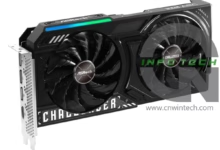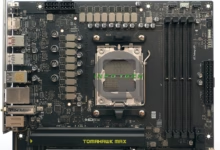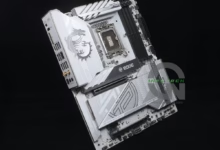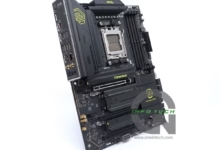
How To Reset the BIOS
1. If you want to reset the BIOS first thing to do is turn off all electrical current into the motherboard. This can be by turning off the power supply or unplug the power coming into the power supply. To further make sure you can unplug the 24-pin power cable from the power supply to prevent the static current flowing into the motherboard.
2. After turning off the electric current, wait a while to break the electric current that has been lost. After that, look for the button or the Clear CMOS jumper. By the push of a button or move the jumper Clear CMOS, BIOS will return to the optimal setting.
3. After a while, Clear CMOS jumper back to its original position and rope your computer back to normal. then try to turn back, then your computer settings will return to the default settings. Do not forget to make sure that you have returned to the Clear CMOS jumper default position before reassembling your computer. Because it can cause permanent damage to the part when an electric current into the motherboard.
4. If the BIOS does not make it back to its default setting, go back to the first point and this time was done by removing the battery on the motherboard. Make sure that no electric current flowing on the motherboard. After a while, return to normal and rope again. (On some distributors will provide a warranty on the battery label, do not release the battery because it will remove your motherboard warranty.
5. If the above still does not work as well. Perform steps from the first point as before, but this time try to disconnect all power cables are connected to the motherboard and remove the memory. Allow a few moments until the electric current is completely gone. Besides, you also can do the cleanup on your computer components that have been dusty.
6. If it still does not work well, try the last way is to remove all the components that are mounted directly on the motherboard, including the processor off and move the jumper to the Clear CMOS position. Let stand for 30 minutes and reset back to the chain. If that still does not work, you may begin to worry about damage to one of your hardware.
Little about the BIOS
Basic Input Output System or commonly known by BIOS is a provider of a low-level communication interface that can control various types of hardware on a computer system. Lots of things done by the BIOS during the booting process, including the BIOS is able to do the following things:
- Initialization and testing of hardware, this process is called the Power On Self Test (POST). At the time the computer was first turned on, the BIOS will detect all the devices used in computer systems as a whole. Error during POST BIOS will cause the computer will not boot process.
- Detect, load and run an operating system located on the hard disk
- Set the basic configuration of the computer such as date, time, hard disk, boot, computer performance and stability
- Help operating systems and applications in the process of setting up hardware with BIOS Runtime Service
However, the most important role of the BIOS is to run an operating system (OS). The first time you press the power button on a desktop or notebook computer processors will execute the first command, the first command is located in the BIOS. Why not direct the processor to execute an operating system (OS)?. The processor can not execute the operating system because the operating system located on your hard disk, and at the same time the processor can not know where your hard disk without clear instructions. this is an important part of a microchip that we know called BIOS.
Micro-sized BIOS chip with a capacity of 64KB with a material “Complementary Metal Oxide Semiconductor” (CMOS), which provides detailed information about the state of computer systems and various changes.
Whenever and wherever you run a computer, the first thing you would see is a variety of posts with a black screen that shows such things as the amount of memory installed on the computer, hard disk type, and capacity, and so forth. This is where the BIOS initialization process runs its importance until the computer is ready to run.
It was not only until their tasks of a microchip called the BIOS. In addition to checking for hard drive memory and a computer system, BIOS will determine whether or not there is a graphics card. most of the graphics card has its own mini BIOS will initialize the memory and processor found in the graphics card. If not using the graphics card, the BIOS will seek information about the video driver in ROM that is located on the motherboard that can be executed by the BIOS. Usually in the form of an onboard graphics chipset or on-die graphics.
In the event of a problem during POST BIOS will give you the code to be either sound or can be translated into other forms of debugging LED. From here you can detect the occurrence of faults or errors that occur during the boot process.
For more details, you can see the BIOS POST process diagram below.
Work Processes BIOS
What is being done BIOS before it can enter into the operating system? The following is a series of BIOS work process begins when you press the power button to be able to get into the operating system on your computer.


















